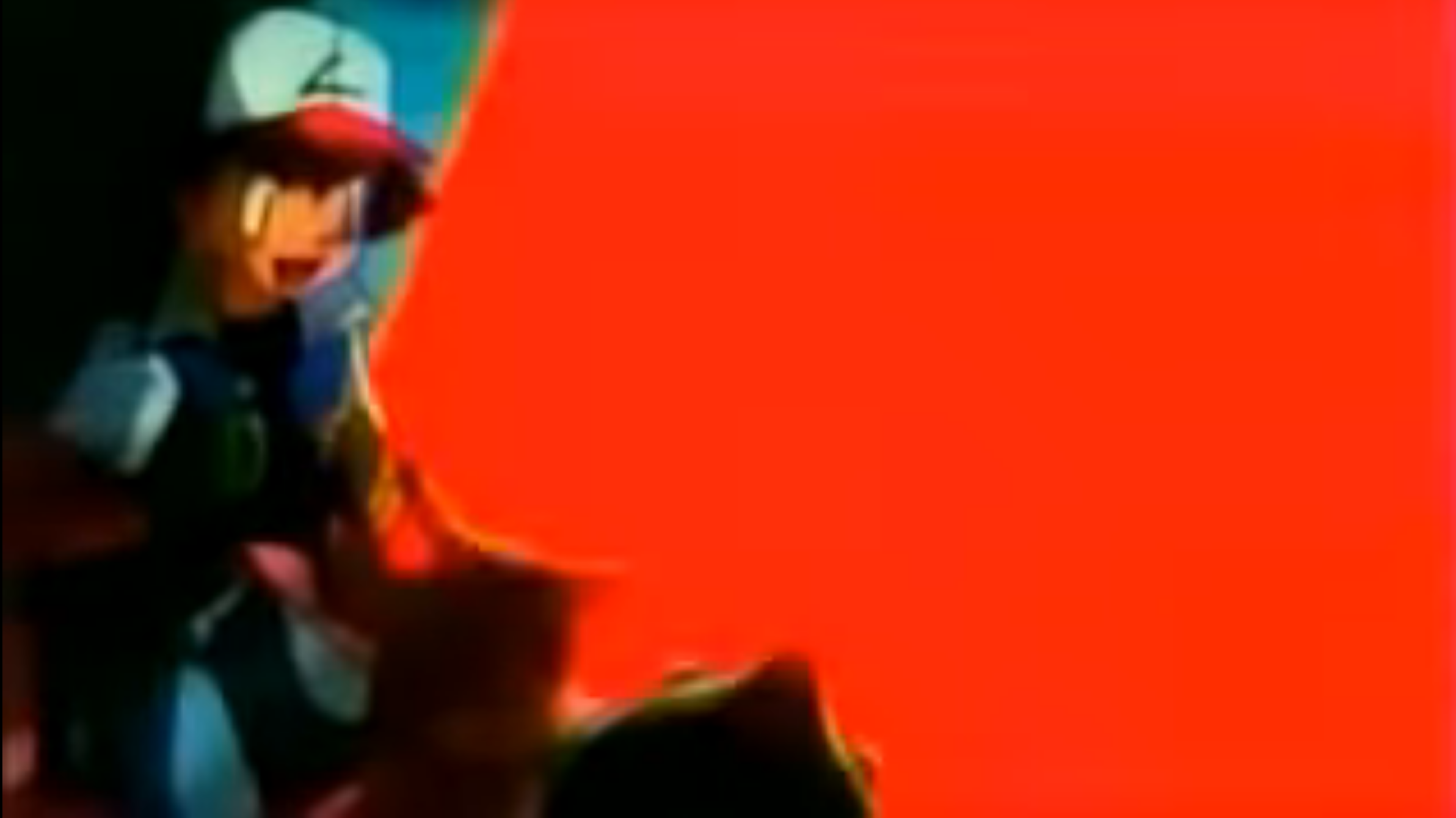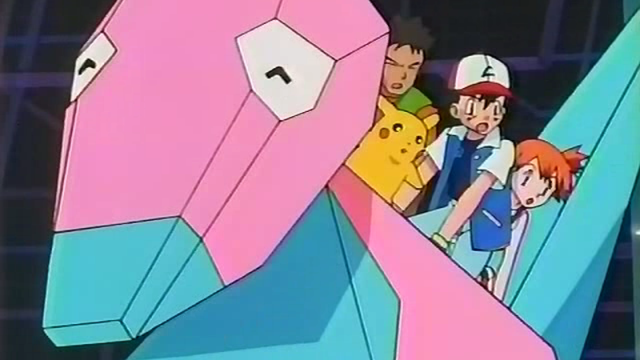December 16, 1997 saw the broadcast of the 38th episode of the legendary Pokémon anime in Japan — and the last time it was ever broadcast at all, thanks to a scene that changed broadcast TV in the country for a generation.
“Dennō Senshi Porygon,” translated as “Computer Warrior Porygon,” was named for the polygonal, technological creature that is one of the weirdest designs in Pokémon’s original 151-strong roster. It isn’t controversial because of a moment of violence or anything of an adult nature that would require censorship or anything. It’s an episode where Ash and his friends are tasked with infiltrating a digital world with the help of a prototype Porygon, where the dastardly Team Rocket are using a computer virus and the Porygon’s stolen sibling to disrupt the technological transport system between Pokémon Centres in their latest attempt to nab some pocket monsters for themselves. So far, so typically Pokémon.
Things get weird when Ash and co. find themselves having to work together with Team Rocket to escape the virtual system after an anti-virus program is deployed to fix it while they’re still inside, indiscriminately targeting the living beings as the bug. Transforming into, uh, a UFO for some reason, the anti-virus software attempts to blast our heroes and villains alike with missiles, leading to Pikachu letting out a devastating Thunderbolt attack to destroy them… resulting a rapid strobing red-and-blue light in the aftermath.

What happened next was eventually dubbed “Pokémon Shock.” Over 700 alleged instances of a variety of ailments, including nausea, dizziness, headaches, and photosensitivity-triggered seizures in audiences across Japan watching the episode quickly emerged. Pokémon was put on hiatus for months, investigations by the Japanese National Police Agency into the production of the show were conducted, and even Nintendo itself staged a press conference distancing the company from the anime, arguing it was not to blame as the Pokémon games were created for the black-and-white screen of the Game Boy. When Pokemon eventually returned to broadcasting new episodes in spring 1998, it was heralded with changes to past episodes of the show to soften bright flash effects, and aspecial program explaining that going forward, all anime shows broadcast on Japanese TV would feature a warning in their opening minutes advising audiences to watch in a well lit room, reasonably distanced away from their TV sets. It’s a disclaimer that still exists today, although primarily now just on TV shows aimed at children, rather than the broad swathe of programs it was originally planned for. Outside of Japan, the incident was mocked by the likes of The Simpsons and South Park, in spite of the fact that the episode was never broadcast in other countries.
But while the legacy of “Dennō Senshi Porygon” still endures 25 years on — the subject is still so taboo that in 2020, the Pokémon official Twitter account tweeted and hastily deleted a message stating that “Porygon did nothing wrong” in reference to the incident — the episode itself does not. It was never broadcast again in Japan, and was stricken from dub broadcasts of the Pokémon anime across the world. Not even Porygon itself escaped punishment, despite the fact that it was series mascot Pikachu that caused the effect in the first place — resigned to background appearances and cameos in future series of the anime and movies, Porygon and neither of its evolutions Porygon-2 and Porygon Z have had a major appearance in the series since. Can’t a polygonal beastie catch a break after 25 years?
Want more Gizmodo news? Check out when to expect the latest Marvel and Star Wars releases, what’s next for the DC Universe on film and TV, and everything you need to know about House of the Dragon and Lord of the Rings: The Rings of Power.
Editor’s Note: Release dates within this article are based in the U.S., but will be updated with local Australian dates as soon as we know more.
